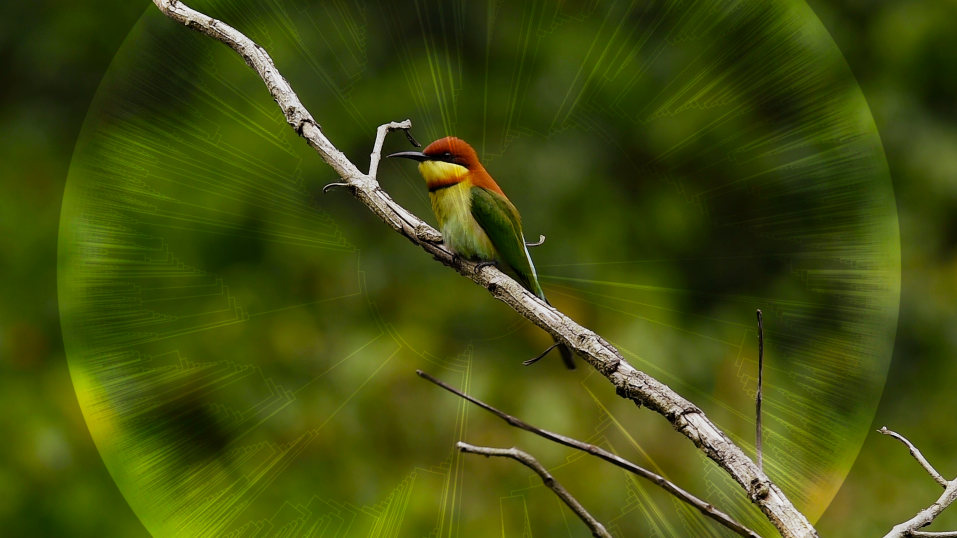
What is the Earth BioGenome Project?
Powerful advances in genome sequencing technology, informatics, automation, and artificial intelligence, have propelled humankind to the threshold of a new beginning in understanding, utilizing, and conserving biodiversity. For the first time in history, it is possible to efficiently sequence the genomes of all known species, and to use genomics to help discover the remaining 80 to 90 percent of species that are currently hidden from science.
Why Sequence Life?
The Earth BioGenome Project Phase II: Illuminating the eukaryotic Tree of Life
Authors: Mark Blaxter, Harris Lewin, Federica Di Palma, Richard Challis, Manuela da Silva, Richard Durbin, Giulio Formenti, Nico Franz, Roderic Guigó, Peter W. Harrison, Michael Hiller, Katharina J. Hoff, Kerstin Howe, Erich Jarvis, Mara Lawniczak, Kerstin Lindblad-Toh, Debra Mathews, Fergal J. Martin, Camila Mazzoni, Ann McCartney, Nicola Mulder, Sadye Páez, PhD, MSPT, MPH, Kim D. Pruitt, Verena Ras, Oliver Ryder, Lesley Shirley, Françoise Thibaud-Nissen, Tandy Warnow, Robert Waterhouse, and the EBP Community of Scientists
Journal: Frontiers in Science
Date: Sept 4, 2025
A GRAND CHALLENGE
The Earth BioGenome Project (EBP), a moonshot for biology, aims to sequence, catalog and characterize the genomes of all of Earth’s eukaryotic biodiversity over a period of ten years.
A GRAND VISION
Create a new foundation for biology to drive
solutions for preserving biodiversity and sustaining human societies.
Featured Species
The Orange-tip Butterfly (Anthocharis cardamines)
High-quality Chromosomal-level Genome
Sequenced by the Darwin Tree of Life at the Wellcome Sanger Institute.
This is the first and only genome published for this common European butterfly species.
Featured Publication
Project Psyche at the wellcome Sanger Institute
Title: Project Psyche: reference genomes for all Lepidoptera in Europe
Authors: Charlotte J. Wright, Niklas Wahlberg, Roger Vila, Marko Mutanen, Pável Matos-Maraví, Kay Lucek, Irena Kleckova, Leonardo Dapporto, Vlad Dincă, Claudia Bruschini, Christopher W. Wheat, Marta Vila, Laura Torrado-Blanco, Valentina Todisco, Michal Rindos, Petr Nguyen, Peter O. Mulhair, Stefaniya Kamenova, Marcus Hicks, Marianne Espeland, Ines A. Drinnenberg, Mónica Doblas-Bajo, Richard I. Bailey, the Project Psyche Community, Mark Blaxter, and Joana I. Meier.
Journal: Trends in Ecology and Evolution (2025)
“Sequencing all 11,000 species will set a sound foundation for genomics and greatly foster monitoring of all Lepidoptera in Europe, empowering effective biodiversity management and policy, locally and globally.”
Events & Education
EBP Life Newsletter:
We’re excited to share our seasonal newsletter highlighting the successes of the Earth BioGenome Project (EBP).
The EBP now includes more than 60 global affiliated projects, all united by the mission to generate annotated, reference-quality genomes for ~1.8 million named eukaryotic species.
Issue 4 Genomes Underwater
In this edition, dive beneath the waves with us as we spotlight real-world stories from EBP-affiliated projects that are harnessing the power of genomics to explore underwater biodiversity. Discover how several affiliated groups are generating reference-quality genomes to unlock the secrets of life beneath the surface.
ATLASea Winter School 2025:
From Sampling to Reference Genome Acquisition
🗓️ Course dates: Monday December 8 to Friday December 12, 2025
📍Sorbonne University marine station of Banyuls/Mer (France, Department of Pyrenées-Orientales)
✅ Find out more about the course, speakers, and opportunities here
“As the biodiversity crisis gathers pace, so must our sequencing.”
Professor Harris Lewin, Chair, EBP Executive Council









